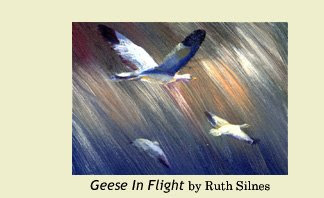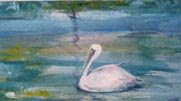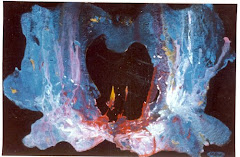The following is a way of seeing. Objects close to you will look larger and darker and in more detail than those in the distance.
All vertical lines are perpendicular to the horizon line (sometimes called the line of sight.)
Eye level is the height at which your eyes observe an object; sit and you will see the bottom of an object, stand and you will see the top.
Pictures need a horizon line (line of sight at which your eyes observe an object) it is best to have it either above or below the center of the picture.
VP stands for vanishing point.

 If you don’t have all the materials I recommended, draw anyway with whatever you have. When I want to draw I will draw on scraps of paper, or even on a newspaper, and with any kind of pen or pencil.
If you don’t have all the materials I recommended, draw anyway with whatever you have. When I want to draw I will draw on scraps of paper, or even on a newspaper, and with any kind of pen or pencil.
Besides the drawing of pictures, drawing is useful in most business: science, architecture, mechanics, plotting, designing, geology, graphics and charting to name a few.
My doctor was trying to explain a problem I had that I didn’t comprehend. She drew a picture and it clarified my understanding.
The perspective drawing shows telephone poles and railroad tracks. Use cheap paper to do these training exercises.
Use cheap paper to do these training exercises.
These guidelines are to help you see simple forms that can be used to develop more complicated detail. They are the beginning of drawing -- like learning the alphabet.
In time your eye will be trained and you will be able to picture in your mind the guidelines.
 Free hand perspective drawings are done on scraps of yellow paper.
Free hand perspective drawings are done on scraps of yellow paper.
Keep practicing strokes. Relax and let your lines flow.
You don’t have to start out drawing the Grand Canyon -- a weed in the sidewalk will do.
 It is important to draw what you see and discard what your intellect tells you it should be. Trust your eyes more than your brain.
It is important to draw what you see and discard what your intellect tells you it should be. Trust your eyes more than your brain.
Try to practice an hour or more every day.
Enjoy what you are doing and let me hear from you so I will know what your interests are.
For the next lesson you will need tracing paper. If it’s not available you can use tissue paper.












4 comments:
Thank you so much for the great tips!
Thank you Barbara. Enjoy!
Good job. I am on my way to being an artist!!
Joanne
Joanne, welcome. I'm pleased you are joining us.
Post a Comment